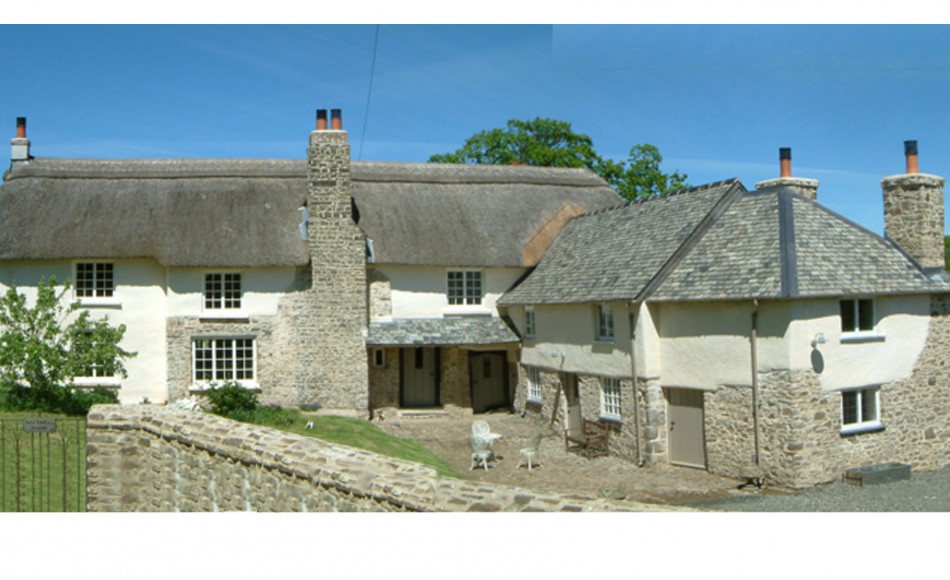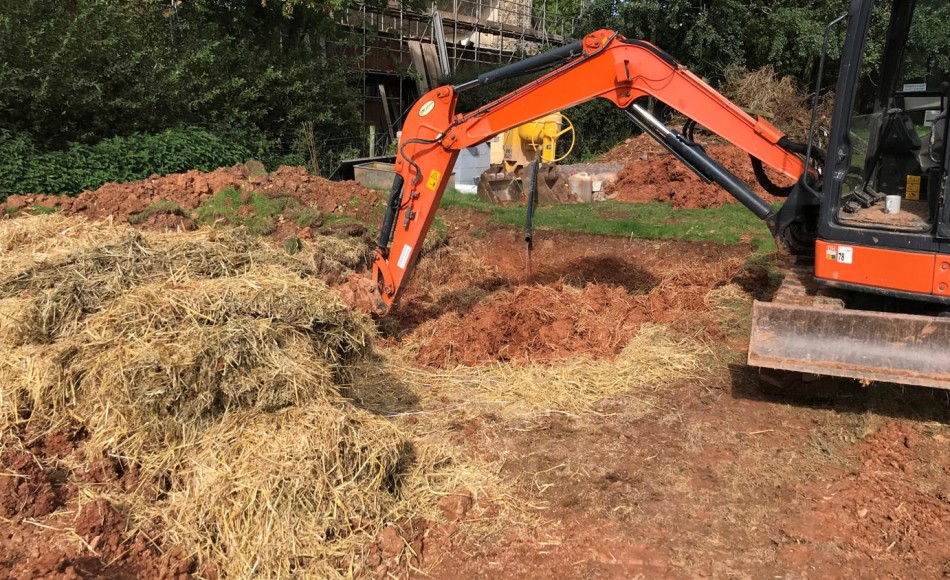Technical blog: Three reasons why cob is an incredible building material
— 24 Jan 2019 by Jonathan Rhind

A cob house

Cob can usually be dug out of the ground on location

Cob mixing using water and straw

Cob being loaded onto pallet for placing on a wall

Cob is dense and load bearing on a stone plinth. Cob fracture at windows and wall corners and eroded where not protected

Three reasons why cob is an incredible building material:
- Sustainable – dig it out of the ground, mix it with a bit of water and straw, and use it on your building. It is local – you are never going to use cob very far from the site of the building, so there are minimal transport costs and minimal embodied energy in creating a structurally competent material. Thermal mass – because of the wall thickness, you get a very even temperature gradient from the inside temperature to the outside, which reacts slowly to differences in internal temperature so it tends to feel warm in winter when it is heated, and cool in the summer when it’s not. Currently CO2 emissions is the only gauge used for thermal energy efficiency in current UK usage and cob doesn’t come out that well because straightforward heat loss through the cob wall is at the minimum level necessary to satisfy current building regulation standards. If other parameters for energy efficiency are used eg; overall carbon footprint etc. cob comes out much better because of the very low embodied energy, its impact as a ‘U’ value thermal store which substantially increases benefit of a straightforward calculation.
- Structural – cob is dense (approx. 1800-2000 kg / cubic m) and load bearing (approx. 0.4 n/sq.mm which is roughly the same as a weak historic brickwork) – capable of supporting roof and floor loads on its own.
- Moisture – cob is very effective at keeping relative humidity inside the building at a fairly steady 55-65%. This is helpful for people with respiratory problems because of fewer moulds, and musical instruments are more likely to stay in tune because of less fluctuation in humidity. Cob absorbs moisture (through a permeable finish eg; lime plaster and lime wash) and then gives it out again when it is dryer.
And then three more reasons: -
- Flexible, plastic material, can be shaped into curves and forms that other building materials cannot take up nearly as easily. See sculpted tree at the entrance to Kevin McCabe’s Dingle Dell
- Sculptural – can be formed in its plastic state, the sculpted surface is very satisfactory as well as being relatively easy to do.
- Fire resistance – as very dense material, it is fireproof and more damage is done by firefighters soaking the blaze with water, and structural damage pulling floors and walls up then caused by the fire itself. It is a very effective fire break and thermal insulation.
As with any building material there are disadvantages, which for cob include:
- Not very high tensile strength
- Drying shrinking / settlement can cause cracks at weak points, e.g., at external corners, junctions of walls, around window and door openings but this can be mitigated with reinforcement.
- Surface erosion can occur when cob is not protected from a roof overhang above and a reasonable plinth to take the splash-back from any water landing on the ground and evaporate rising damp from the ground
For advice on repairs to your cob property or to discuss a project using cob, please get in touch.